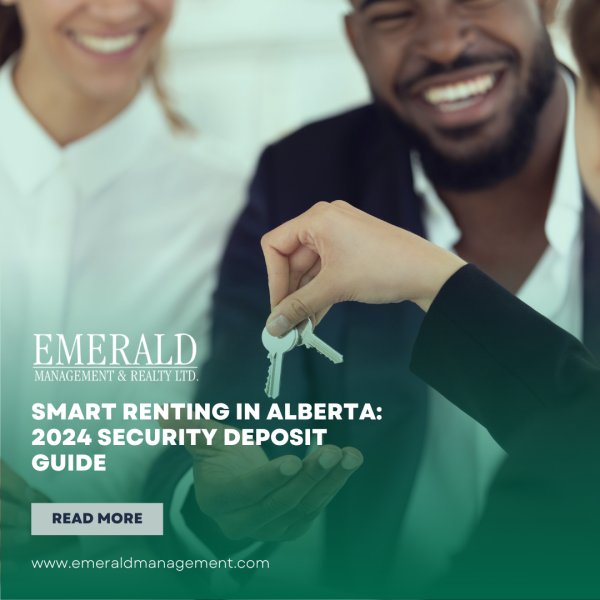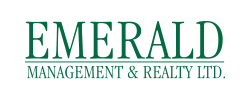 Navigating Security Deposit Interest Rates in Alberta: A Comprehensive Security Deposit Guide
Navigating Security Deposit Interest Rates in Alberta: A Comprehensive Security Deposit Guide
Emerald Management & Realty Ltd. dives deep into the nuances of security deposit interest rates in Alberta in our 2024 Security Deposit Guide, providing essential insights for both tenants and landlords. Stay ahead with our guide and related Property Management Tips, ensuring you’re fully versed in the latest regulations and how they impact your property rental journey.
The Current State of Security Deposit Interest Rates in Alberta
Since 2009, Alberta’s security deposit interest rate remained at 0%. However, in a landmark shift, the rate was revised to 1.6% effective January 1, 2024. This change, stipulated in the Residential Tenancies Act, signifies a crucial development for all rental stakeholders, necessitating a thorough understanding to ensure legal compliance and financial savvy.
Retrieving Your Damage Deposit in Alberta
To reclaim a damage deposit in Alberta, tenants must leave the property in good condition, akin to its state at lease commencement, considering normal wear and tear. Landlords are then obligated to provide a statement of deposit with an estimate of deductions for repairs or cleaning (where applicable). It is important the the tenant provide a forwarding address to avoid any issues with postal service.
“A landlord must, within 10 days of the tenant giving up possession of the residential premises, either pay the security deposit plus interest to the tenant, or provide a statement of account that shows what the costs were, or provide an estimate of what the costs are expected to be. A final statement of account and any remaining balance must be provided to the tenant within 30 days after the tenancy ends.” (reference: RTA Handbook).
Calculating Security Deposit Interest
With the new 1.6% interest rate, calculating the annual interest on a security deposit involves multiplying the deposit amount by 1.6%. For monthly interest, divide the annual figure by 12. This method ensures accuracy in financial dealings between tenants and landlords.
Curious about how much interest you’ve accumulated during your tenancy? You an always visit the Government of Alberta’s online security deposit interest calculator created to assist landlords and tenants in determining how much interest the landlord must pay on the security deposit.
Fixed Term Tenancy Agreements Explained
In Alberta, a fixed-term tenancy agreement sets a definite lease duration, establishing rent and other terms upfront. Post-agreement, the tenancy either concludes or shifts to a month-to-month basis unless renewed, framing a clear timeline for rental engagements. Seeking more information to help with finding your next home? Check out: Checklist for Renting Your Next Home for valuable information and rental tips.
Understanding Deposit Interest Rates
Security deposit interest rates are pivotal in the rental process, denoting the growth of deposited funds over time. Governed by Alberta’s provincial regulations, these rates are subject to changes reflecting economic trends, thus affecting both tenant returns and landlord obligations.
The Importance of Trust Accounts for Security Deposits
Security deposits in Alberta must be held in a trust account, ensuring separation from a landlord’s operational funds for enhanced security and financial transparency. This legal mandate protects the tenant’s deposit, ensuring proper interest accrual and fair treatment.
Who Determines the Security Deposit Interest Rate?
The Alberta government sets the security deposit interest rate, aligning with the Residential Tenancies Act’s provisions to maintain market fairness and economic alignment, impacting financial dynamics in rental agreements.
Staying Informed for Financial and Legal Compliance
The evolving landscape of Alberta’s rental market, marked by changes in security deposit interest rates, demands informed engagement from tenants and landlords. Emerald Management & Realty Ltd. remains dedicated to supporting you through these transitions, promoting informed, transparent, and trustworthy rental experiences.
For comprehensive insights and guidance in rental property management, contact us. Follow our blog for the latest regulatory updates and expert advice, ensuring your rental practices are always compliant and effective.



